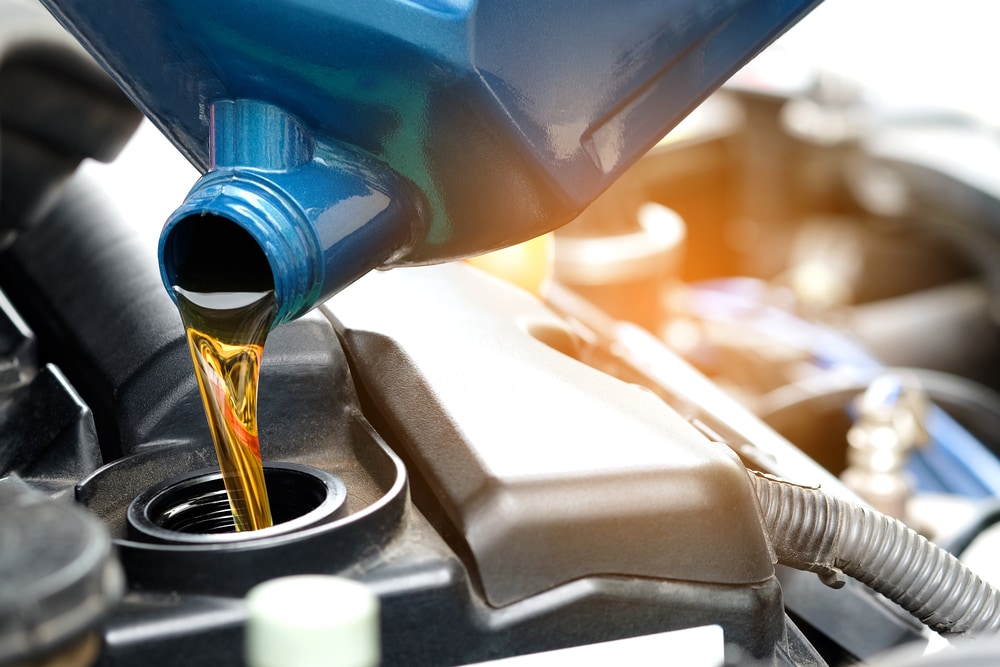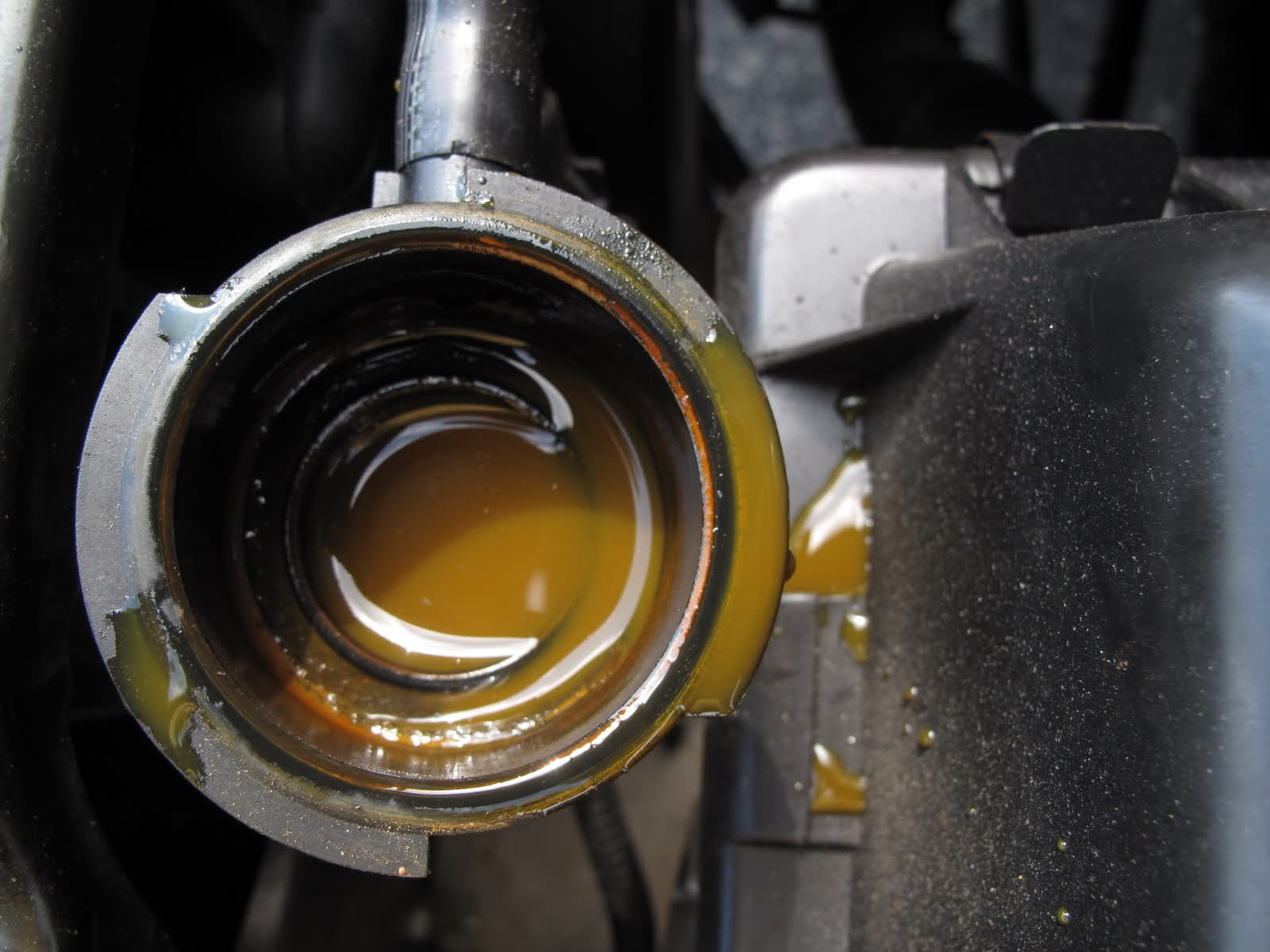
Misfires occur when coolant begins to leak and mix in your cylinders, compromising and igniting on the spark plugs. Misfires are some of the most noticeable signs of a head gasket leak. This can lead to your engine overheating, and further complications if it reaches the oil uptake point in your engine’s assembly. If you take a look at your coolant reserve and you notice that the liquid inside is bubbling, this could indicate that your coolant has risen to an unstable temperature due to malfunction or rupture of your head gasket’s seal. This is also a sign that the coolant leak has spread to your engine and has been taken in with the oil, which can compromise your engine and put you at a higher risk for engine seizure.

Hearing a knocking noise from the engine can be a sign of engine failure, as this can occur when the engine isn’t properly lubricated. If you notice white smoke coming from the exhaust pipe or notice a sudden hike in your engine’s temperature, there’s a good chance that you’re experiencing a coolant leak. Low coolant levels can occur as the head gasket leaks coolant, which can happen quickly once the seal is ruptured. Other signs of a blown head gasketīelow are a few other signs of a blown head gasket that shouldn’t be ignored: 1. Watch for signs of overheating or of power loss to the engine, and drive as cautiously as possible to avoid engine strain. If you have no option for a tow, pull over as soon as possible and go to your nearest mechanic. They’ll be able to advise you of any next steps you’ll need to take to repair and maintain your vehicle. You should avoid driving your car immediately after noticing signs of a leak in order to protect the engine, and seek a tow to your nearest mechanic to diagnose and assess your vehicle. If you’re driving and you encounter signs that could indicate a head gasket leak, be sure to pull over and call your local tow service, or AAA if you have a membership. If you continue to drive without servicing your vehicle, you run the risk of engine malfunction, failure, or total seizure. It is not safe to drive with a head gasket leak.

Is it safe to drive with a leaking head gasket? High engine temperatures and overheating can be caused by coolant blocking the engine’s intricate facets, and can point to later engine failure if it isn’t addressed.

These can also smell sweet as the coolant mixes with the oil, leading to that classic head gasket “scent.” 5. Head gasket leaks can cause white colored smoke, which indicates that water or coolant runoff has reached the cylinders and burned–resulting in white emissions. This is due to the leaking coolant clogging the smaller orifices in the engine, blocking the flow of oil and the proper rate of combustion for your engine’s function. In severe cases, your blown head gasket can cause a loss of power to the engine. Milky colors or “cloudiness” found in your oil can be a sign that coolant has made its way into the oil passages, signifying a blown gasket. Checking your oil is an easy maintenance task that can help you to identify a potentially blown head gasket.


 0 kommentar(er)
0 kommentar(er)
